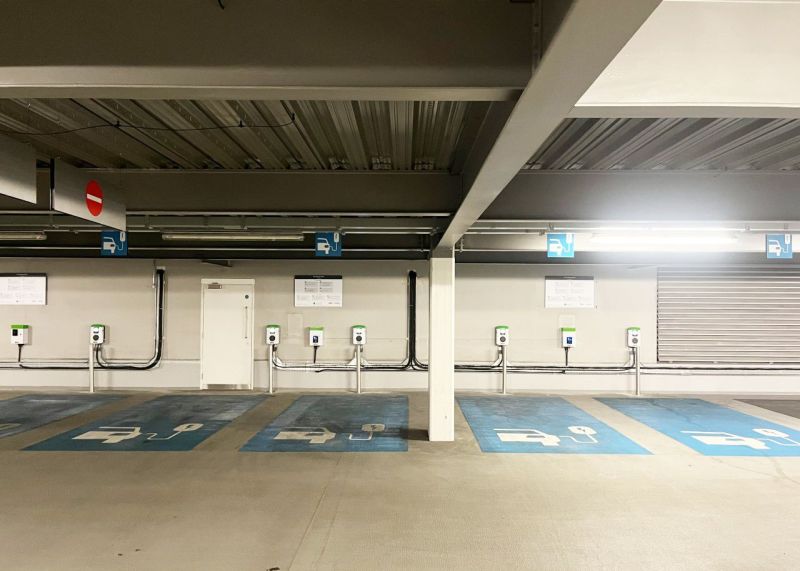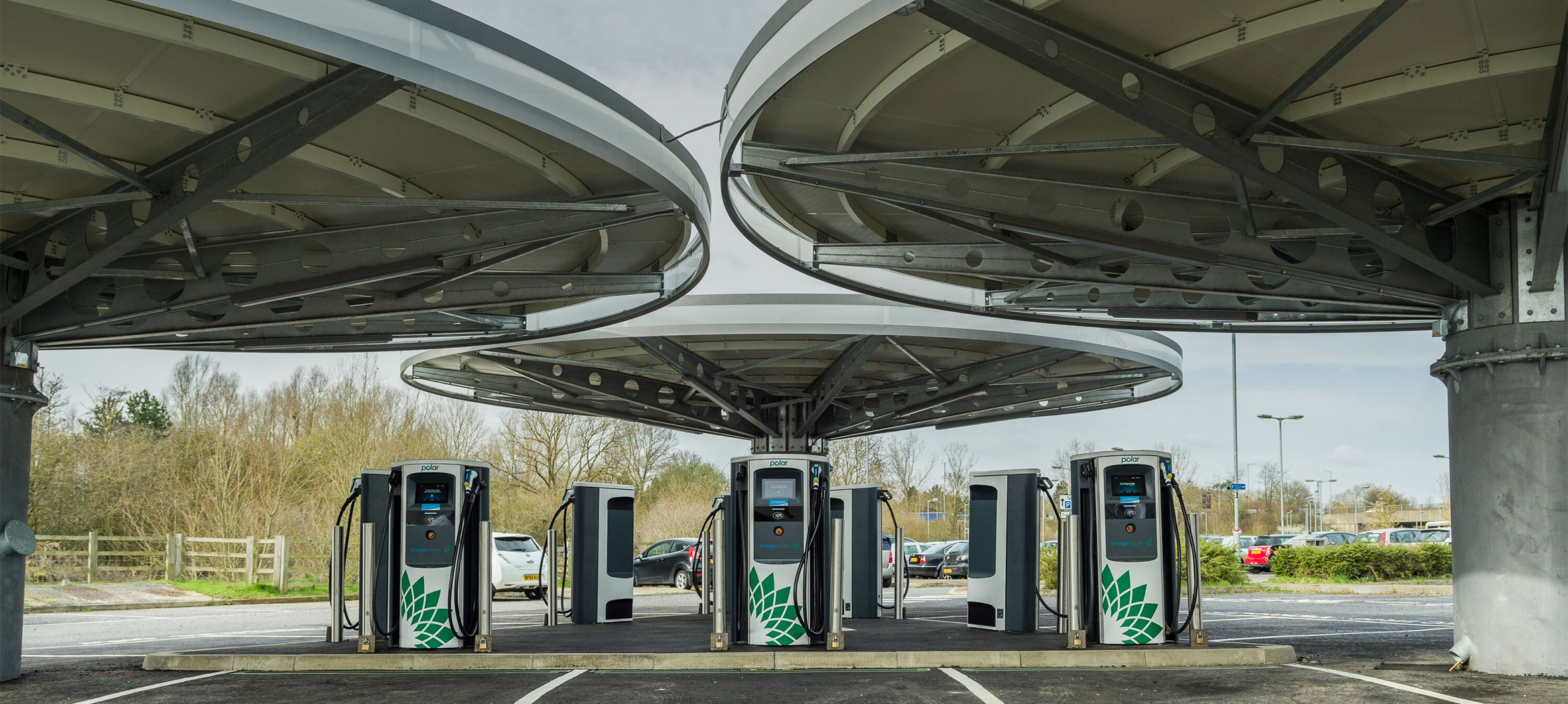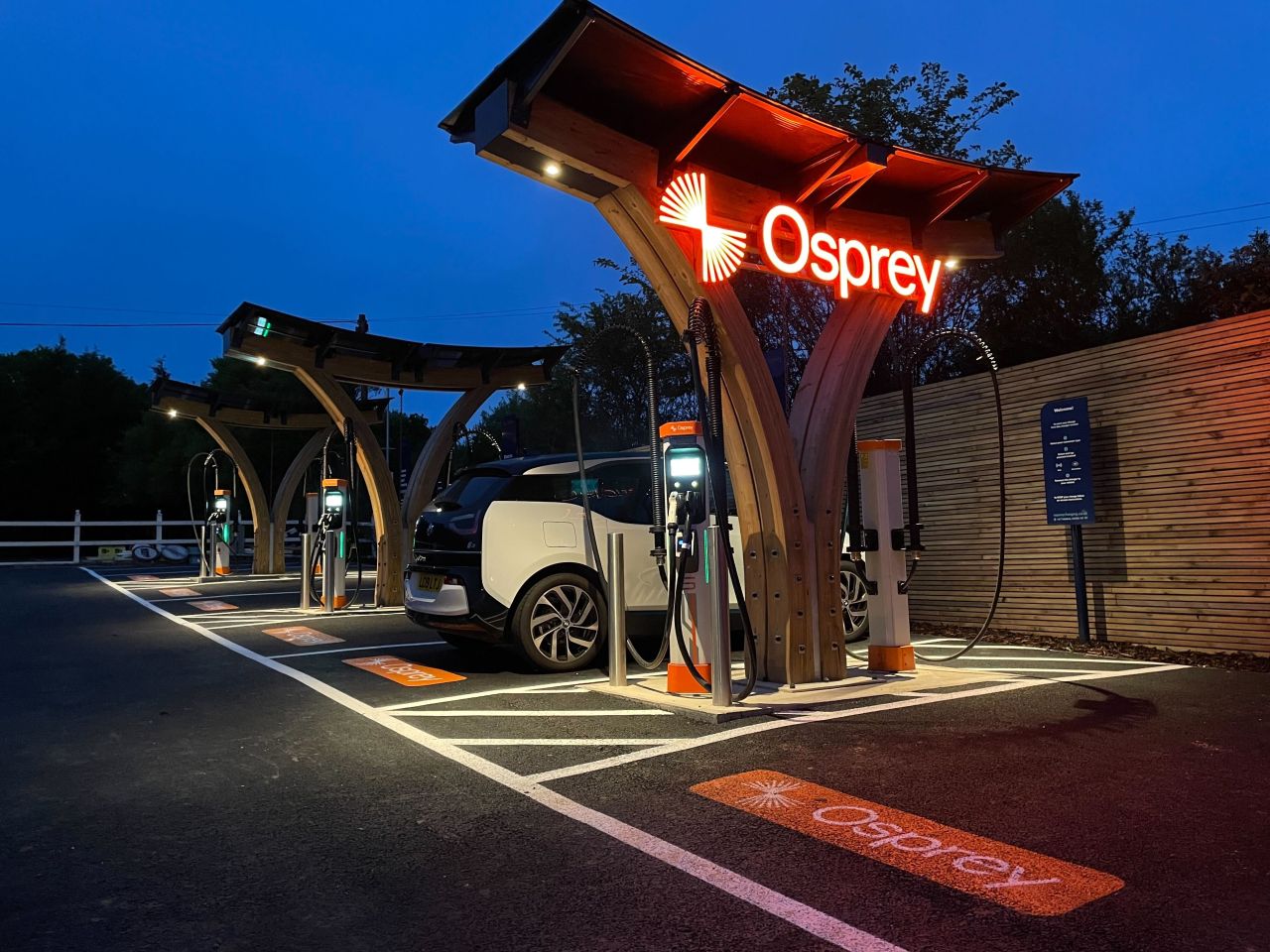
Public Charging Speeds Explained
As EV adoption continues to rise, one crucial aspect for every EV owner is public charging infrastructure. However, navigating the different types of charging speeds can sometimes be confusing but fear not! In this blog post, we'll simplify the various public charging speeds available in the UK, helping you charge your EV with confidence!

Slow Charging:
Slow charging, also known as "trickle charging," is the most basic form of EV charging. These chargers are commonly found at homes, workplaces, and public locations. Slow chargers typically operate at 3.7 kW or 7 kW, which means they provide a lower charging rate compared to other options.
Pros:
Suitable for overnight charging at home.
Can be used during extended periods of parking at workplaces or shopping centres.
Affordable and easy to install.
Cons:
Slower charging speed means longer charging times.
May not be ideal for long-distance travel or when time is limited.

2.Fast Charging:
Fast charging offers a significant improvement in charging speed compared to slow chargers. These chargers are commonly found in public spaces, such as shopping centres, car parks, and roadside service stations. Fast chargers in the UK typically operate at 22 kW or 43 kW.
Pros:
Faster charging compared to slow chargers.
Convenient for short stops during travel or when running errands.
More widely available in public locations.
Cons:
Charging times can still be relatively long, especially for larger battery packs.
Charging speed may vary depending on the specific charger model and EV compatibility.

3. Rapid Charging:
Rapid charging is the fastest public charging option currently available for EVs in the UK. These chargers are typically found at motorway service stations and other strategic locations. Rapid chargers operate at 50 kW or higher, and newer models can even support charging speeds of 100 kW or 150 kW.
Pros:
Extremely fast charging speeds, ideal for long-distance travel.
Enables quick top-ups during road trips or when time is limited.
Rapid charging networks are expanding, making them more accessible.
Cons:
Rapid chargers can be more expensive to use compared to slower options.
Not all EV models are compatible with the highest charging speeds available.
Availability may be limited in some areas.
In conclusion, there are a variety of charging speeds across the UK's public charging network and it's important to understand the differences in order to adequately prepare for your travel! As the EV market continues to evolve, we can expect even faster charging speeds and wider availability of rapid chargers (as you'll see from our partners Osprey / BP Pulse). By staying informed and adapting to the changing landscape, you can confidently charge your EV and contribute to a greener future.
Happy charging, and safe travels!
Written by Zoom EV Team
24/05/23